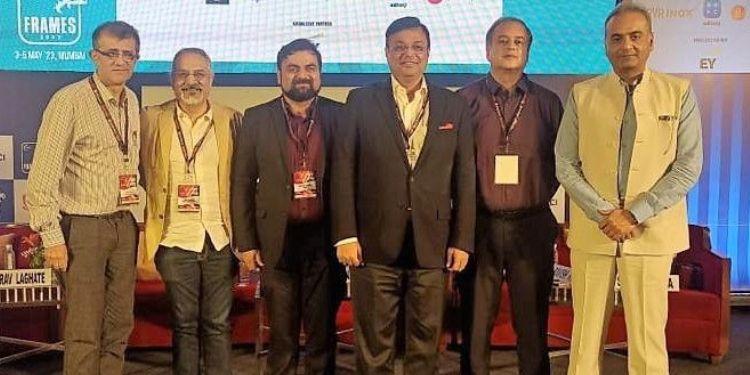The first day of FICCI Frames 2023 witnessed a panel discussion on ‘Future of Broadcasting: Indian Entertainment’s Most Bankable Sector’.
The panel delved into the future of the broadcasting sector moderated by Gaurav Laghate, Senior Editor, Mint.
The panellists were Gaurav Dwivedi, CEO, Prasar Bharati; Anuj Gandhi, Founder, Plug & Play Entertainment; Avinash Pandey, CEO, ABP Network and President, IAA and NBDA; Ravish Kumar, Head, Regional Entertainment (Kannada & Marathi Clusters), Viacom 18; and Sunil Lulla, Founder and Chief Evangelist, The Linus Adventures.
Are OTT services the future of TV? Or will we see a merged future?
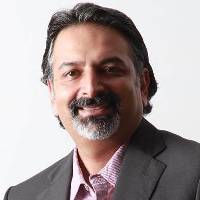
Posed the question, Gandhi, said, “I believe even if there are millions of content creators in the country, the first two and half thousand or probably twenty thousand are from film, they are still the largest content creators. Mediums and distribution may change. Hybrid is the necessity at the moment. There are over 300 news channels on YouTube today. It is not a market or a platform you can ignore, even as a broadcaster. In my perspective, I think the opportunity for the broadcasting business is huge. Traditional TV is facing challenges in the form of cord cutting. We as an industry should make sure that we create content for every segment. Everything will co-exist.”
Pandey touched on the topic of monetisation and the impact of Free Dish on broadcasters. He said, “We believe that most people in India still consume news on TV. There are a major set of people who pay Rs.150 to 200 to watch TV. These are the consumers who are mostly getting most of the news channels as part of the Free Dish pack.”
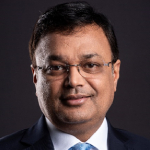
A very large amount of people in India are consuming content via Free Dish, ceded Pandey, but added, “We are not against being on Free Dish but the economics doesn’t make sense for us. People are consuming content through all platforms. A live TV will always be live, once you are inside home, you will always watch it on the big screen because even today in India a microscopic majority of individuals can afford that amount for bandwidth to watch news bulletins on YouTube. TV is a home habit.”

Asked how the broadcaster sector can increase the number of TV households, Lulla said, “We should stop bashing television. We have done it too long and it survived this long. It came into being to talk about agriculture, weather forecasting and to bring families together and played a pivotal role and is continuing doing it. The largest pool of content in India is primarily created for television on a daily basis. There are contents on digital, whose base is small. There are shows being run for the seventh year on Hindi television and that speaks about the power of the medium. There are economic challenges on whether they get fair share from cable etc. Measurement needs to be addressed on who is watching the same show on TV and watching it elsewhere.”
He added, “The challenge that the industry faces is that they are not coming together as an ecosystem. We have seen categories walk out of it (TV measurement). Why is that conversation not happening? No one is addressing the issue of how to get younger people and make content for them. We should be proud about the business and where it is going. It has slowed down but I am bullish about television.”
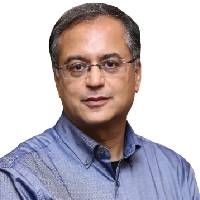
Talking about the TV content during prime time, Kumar said, “Historically crime fantasy (and the like) are the genres that attract people. There is an appetite for content and you need to serve content for everybody at certain times of the day, that’s what the objective of television is. Our primary purpose is entertainment and occasionally we will go into experiment mode to test waters. When the audiences are evolving, we are also evolving and the whole ecosystem is taking cognisance of what they are doing outside of television too.”
Future is ‘Smart’?
Speaking on the impact of technology on broadcasting and bundling services, Gandhi said, “Look at the way the market has evolved. We expanded in the 90s rapidly. Even if you look at the top OTT platforms, the actual subscription is only 20 million, here we are discussing moving to 100 to 200 million. The fact is that there is a demand, the advantage digital has is that it doesn’t get confined by those three hours of prime time. Bundling of TV and OTT gives an opportunity to reach out to everyone. Hence, the growth of the sector itself depends on it.” Let’s take small markets like Gorakhpur. Most TVs sold are smart TVs. Four or five out of those smart TV buyers will never use the applications of a Smart TV. But another five will, that itself is a big market.
“We are probably in the initial stages of 5G. But let’s look at 24 months from today. That itself will give people an option of not worrying about bandwidth. TV has not evolved, the only tech thing that has changed is from SD to HD. If you ask me, HD is the biggest failure the sector ever has faced. There is only one platform which has 60 pc of the HD customers. We created a lot of channels and content, but did the consumer adopt it? The answer will be no. TV except for digital and now OTT has actually not seen much tech improvement.”
‘Safe’ Content Play
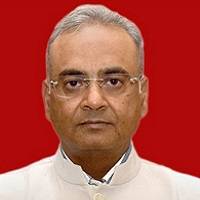
On the future of public broadcaster, Dwivedi, said, “On the future of Free Dish, I don’t think there is a need for concern. The four big broadcasters, they are large and have got substantial market share. We would like to have them back as well. But they are not the entire market. There are a very large number of content producers and organisations who are producing great content and we are also seeing the expansion in terms of the nature of content.”
He added, “My bigger concern is in terms of the content we are putting out – I speak not only for Doordarshan but for the entire content industry. We are probably not experimenting enough. There are a certain set of content producers who are coming up with brand new content in terms of ideas, conceptualisation, and subjects. But there is also heavy pressure on many of us that this is the kind of content which is actually a big hit at this point of time, so why don’t we make a clone of it. If that happens over a period of time, everything whirls down to the same level and we won’t be able to differentiate between channels.”
On Doordarshan, he noted that from the ’80s, ’90s and early 2000s, there is almost no genre that was not covered, from kids to horror to mythology to family dramas.
Dwivedi added, “But, in this focus on profitability we are probably not experimenting enough in bringing the widest possible content to the consumers. Is that the right approach to take? We don’t know. We will try covering and bringing the widest range of content to the consumers. At a sector level, all the content producers also should start thinking in terms of what is the nature of the discourse we need to bring to the audience because it cannot always be reactive. We keep talking about being an aggregation of the creative community, then we also need to be proactive. Creative by definition cannot be reactive.”
Lulla said that one thing that television needs to do is to choose a sharp position. He said, “Doordarshan was the best program provider in the country and that era may have passed because today there are 600-odd TV channels in the country. So, how do you get focused around this and how do you build that unique position? TV has to reinvest in understanding the audience. They should understand technological challenges.”
Digital Thrust
Talking about content consumption on digital Vs linear TV, Pandey said, “We moved to digital four years ago and there is a lot of digital native content we serve. We have six news channels that are broadcast on TV which are also on digital. I think most broadcasters have also moved to digital simultaneously.”
He cited the case of an investigative story on corruption in an MP constituency fund. “We started running the promo that we are going to expose it in the prime time. Competitors aired a show based on the film Sholay. The rating of that show was 5X more than our exclusive show. Our efforts were not incentivised by the viewers. TV news media entities try to solve the problem of society with a profit, not charity work. If you want better news items from channels, it is high time you start paying for it.”
Pandey, added, “Look at The New York Times. They have two to three models. If you can’t afford a yearly subscription, you can still get a copy of the newspaper. If you can afford it, you can take an annual subscription. You are reading someone’s article, a lot of research work has gone behind it. Why do you want it free? The problem with us is that we broadcasters have not been able to take that leap. Good content on news television is difficult unless it is incentivised by the viewers.”
Feedback: [email protected]

